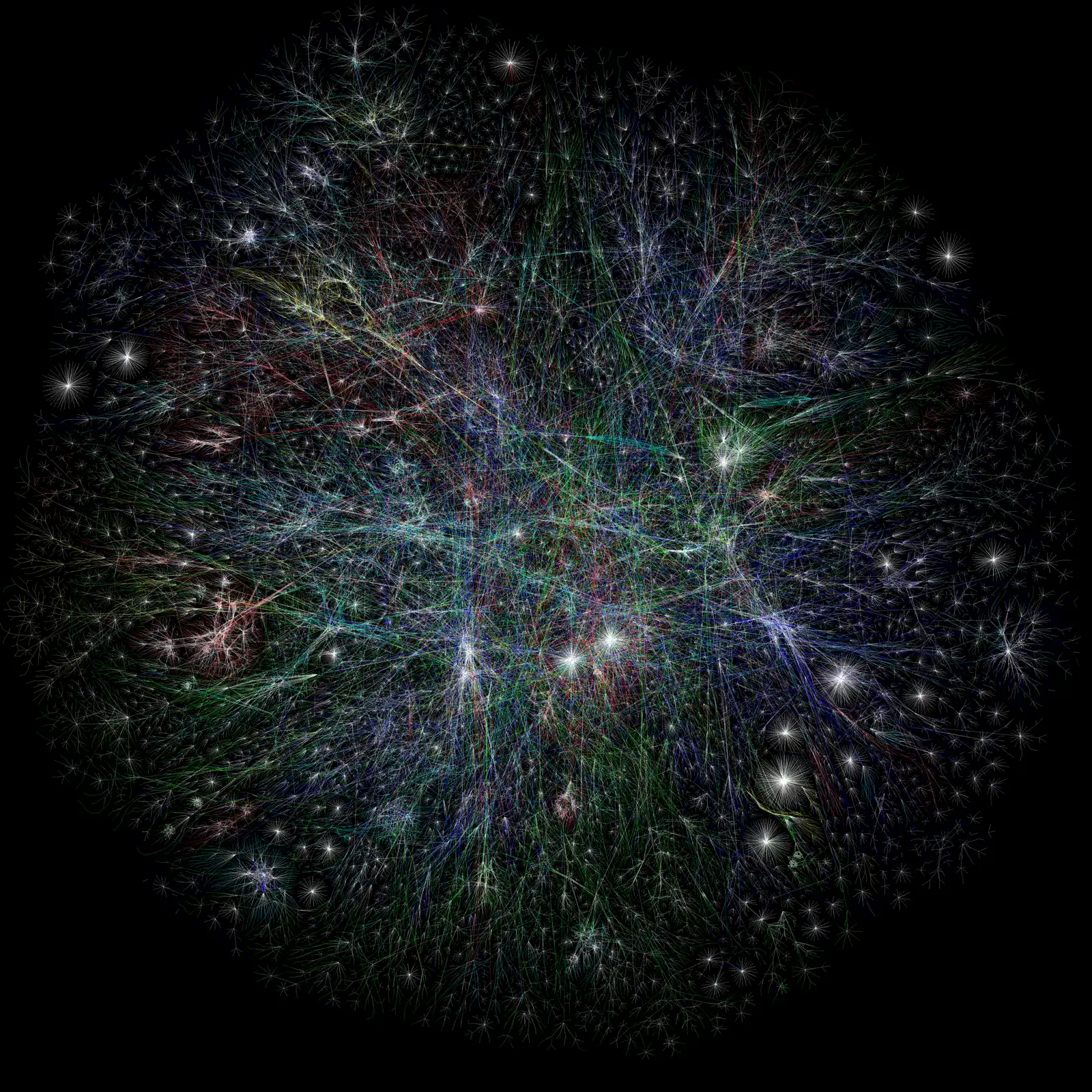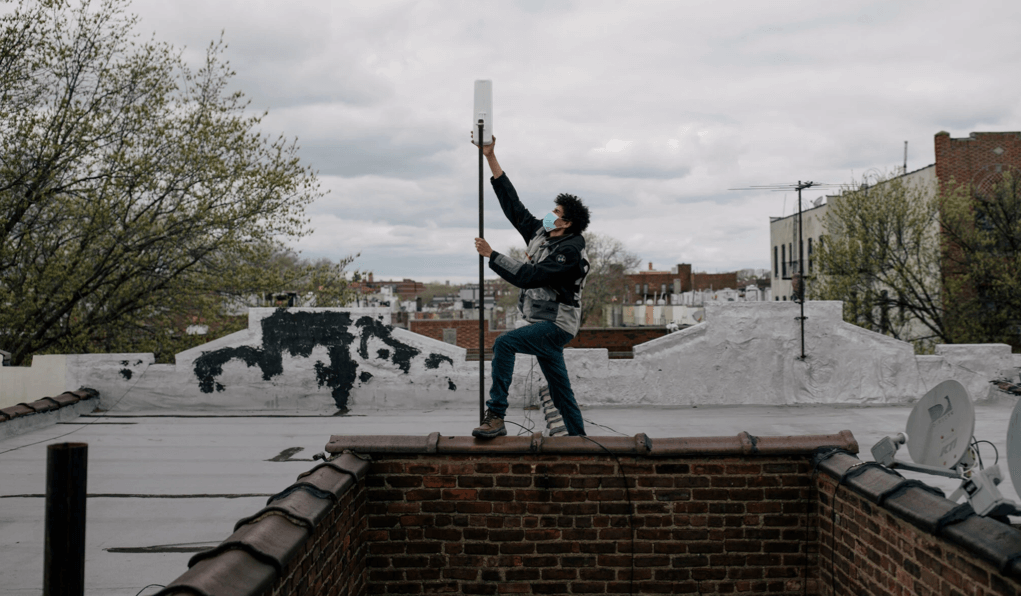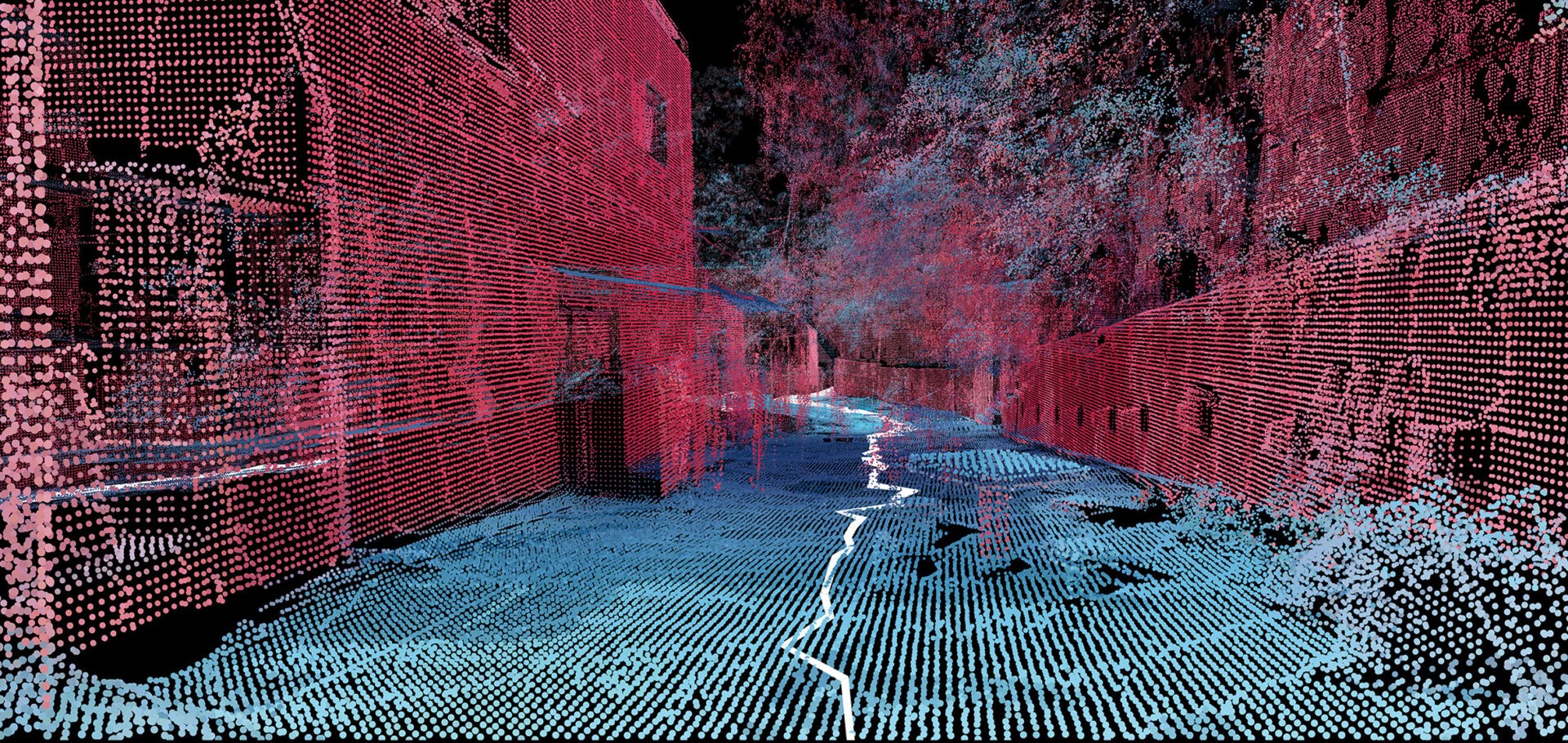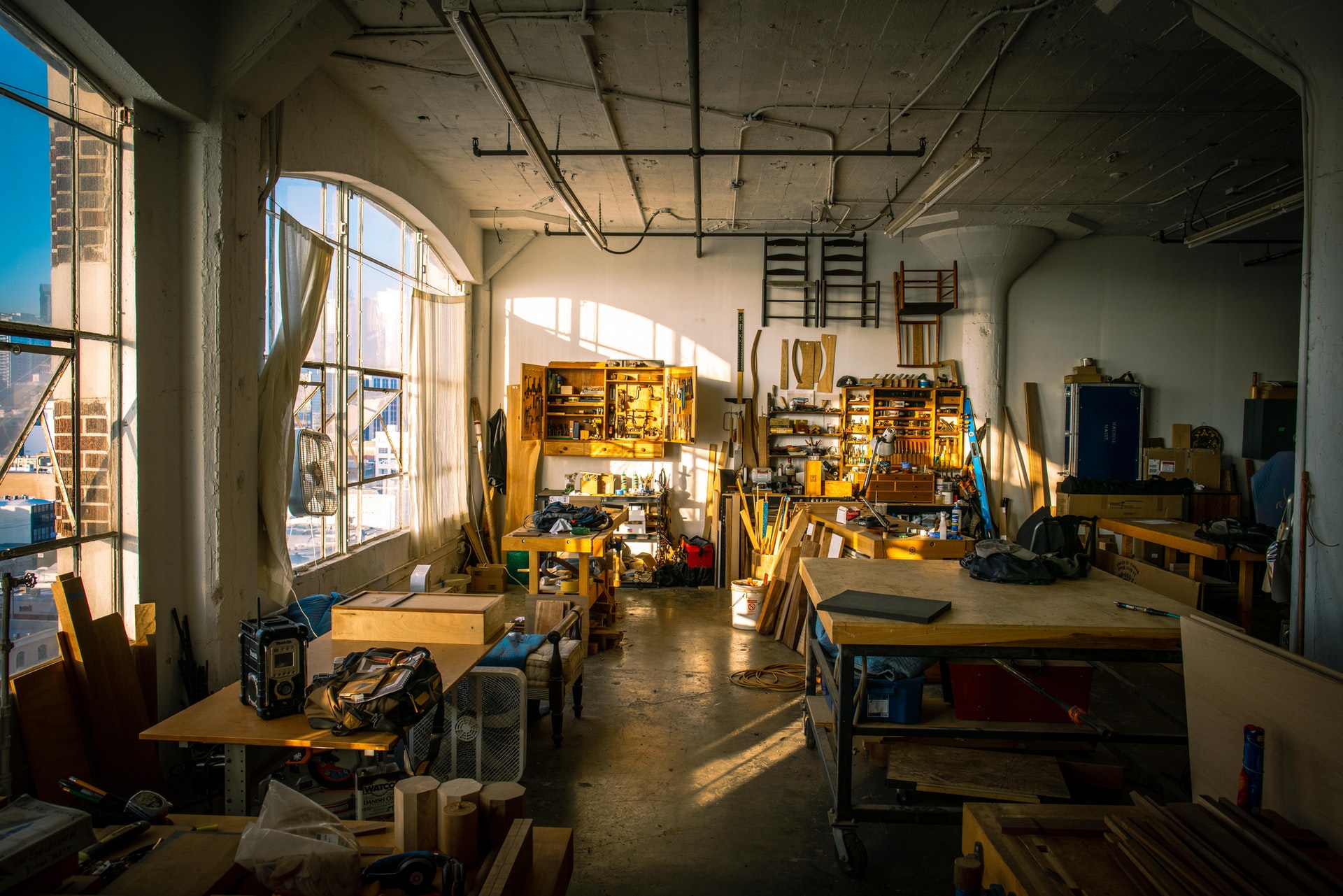Futures of urban tech
Excellent research project on urban tech by the Jacobs Institute’s Urban Tech Hub at Cornell Tech, presented as an horizon scan plotting possibilities in the field of urban tech. Note that these are provocations, not predictions, in other words, ideas to consider, to be used in furthering discussions and reflexions.





